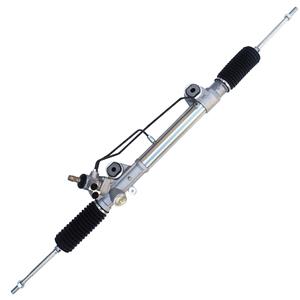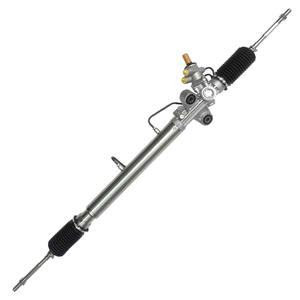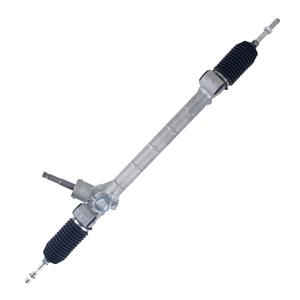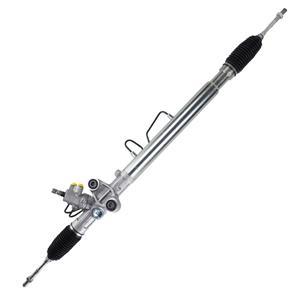How often should the steering fluid of the hydraulic power steering rack be filled up?
The hydraulic power steering rack is a steering system that relies on hydraulic pressure to help the driver easily turn the steering wheel. Its operation is inseparable from the steering fluid, which not only provides power for the rack, but also plays a role in lubrication and preventing component wear. Therefore, regularly checking and keeping the steering fluid level within a reasonable range is an important part of maintaining the normal operation of the vehicle steering rack and extending its service life.
So, how often should the steering fluid in the hydraulic power steering rack be filled up? This is a question that many car owners are concerned about, and this article will answer this in detail.
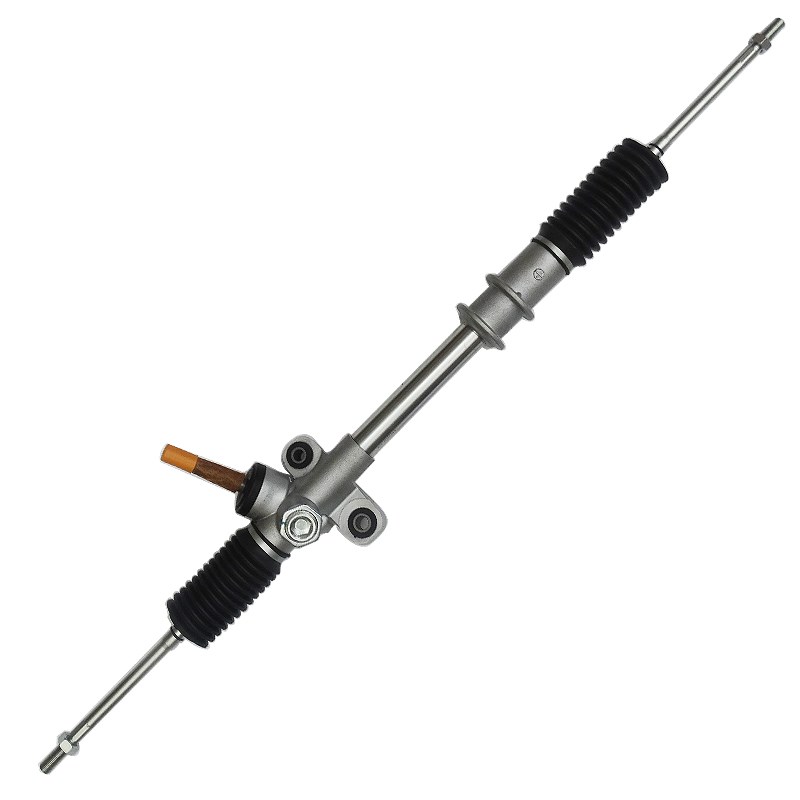
What is the working principle of the hydraulic power steering rack?
Before discussing how often the steering fluid should be filled up, understanding the working principle of the hydraulic power steering system helps us understand the role of the steering fluid in it. The hydraulic power steering system consists of several key components, including a power steering pump, a steering rack, a hydraulic oil pipe, and a pressure regulating valve.
When the driver turns the steering wheel, the power steering pump is driven by the engine through a belt drive, and the pump provides hydraulic pressure to the system through the steering fluid. This pressure is transmitted to the steering rack through the hydraulic oil pipe, which assists the turning of the steering wheel and makes the steering of the vehicle easier. This means that the steering fluid is an important medium for transmitting power in the entire system. If the steering fluid level is insufficient or the quality is poor, the system will not provide enough power, and the driver will feel problems such as heavier steering and poor steering response.
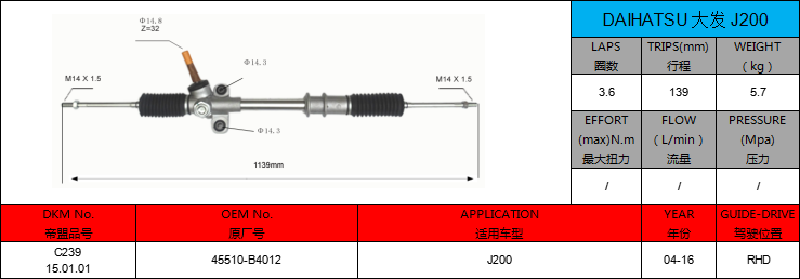
What is the role of steering fluid?
To understand the importance of how often to fill up the steering fluid, we must first understand its core role in the hydraulic power steering system. The main functions of steering fluid include:
Providing hydraulic power assistance
The steering fluid is the working medium that is transferred to the steering rack after being pressurized by the power steering pump. It can make the turning of the steering wheel easier. The more sufficient the fluid pressure in the hydraulic system, the better the power assistance effect.
Lubrication
The various components in the hydraulic system will work frequently under high pressure, especially the friction between the rack and the gear. If there is no lubrication, the system is prone to excessive wear and even failure. The steering fluid acts as a lubricant, reducing the friction between the parts, thereby extending the life of the system.
Heat dissipation
The steering rack will generate a certain amount of heat when working, especially in the case of long-term driving or frequent steering, the temperature of the hydraulic system will continue to rise. Steering fluid can effectively dissipate heat during the flow process, keep the system working within the normal temperature range, and prevent damage caused by overheating.
Anti-corrosion effect
The internal metal parts of the hydraulic system may rust or corrode due to the intrusion of moisture, dust or impurities. High-quality steering fluid can form a protective film to prevent internal metal parts from rusting or corroding, thereby ensuring the long-term normal operation of the system.
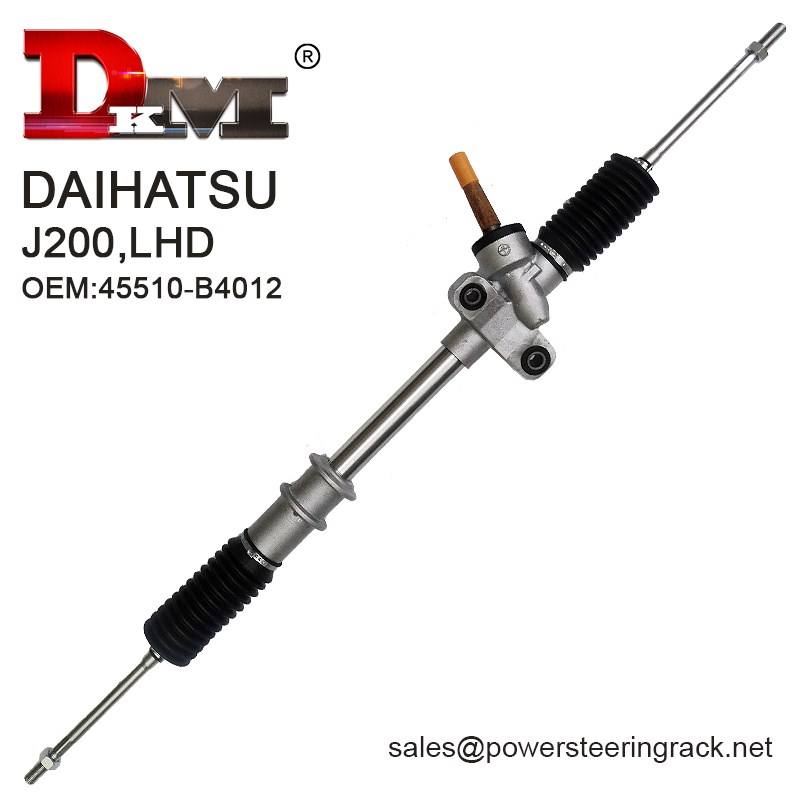
How often should the steering fluid be refilled?
Normally, the design of the hydraulic power steering rack enables it to maintain a stable fluid level for a long time, and under normal circumstances, the steering fluid does not need to be refilled frequently. However, the specific refilling frequency depends on several key factors, including vehicle usage, maintenance habits, driving environment, and the condition of the hydraulic system.
Regular inspection: every 3 months or every maintenance
For most vehicles, it is recommended that the owner conduct a comprehensive vehicle inspection every 3 months or every 5,000 kilometers, including checking the steering fluid level. Normally, the vehicle's power steering rack consumes a small amount of steering fluid during operation, so it is necessary to regularly check whether the fluid level is within the recommended range. This can be judged by the scale line on the steering fluid reservoir, and it should be replenished in time when it is below the lowest line.
In addition, every time you perform routine maintenance, checking the steering fluid is also an important part. Car owners can take this opportunity to have a technician check the fluid level and add the necessary fluid.
Depends on usage
The usage of the vehicle also has a great impact on the consumption of steering fluid. If the owner often drives under complex road conditions, such as rugged mountain roads or city streets with frequent sharp turns, the steering rack will be loaded more, which will also lead to increased consumption of steering fluid. Therefore, in this case, the owner may need to check the steering fluid level more frequently.
On the contrary, if the owner mainly drives on highways or long straight sections, the steering rack is used less frequently, the steering fluid consumption rate will also slow down, and the frequency of inspection and replenishment can be reduced accordingly.
Detection and treatment of fluid leakage
The problem of fluid leakage in the hydraulic power steering rack is one of the main reasons for the decrease in steering fluid level. If the owner finds that the steering fluid level of the vehicle drops faster than usual, or the steering fluid needs to be frequently topped up, it may indicate that there is a leakage problem in the system. In this case, be sure to check the hydraulic oil pipe, seal ring and steering pump for oil leakage in time.
Fluid leakage not only leads to insufficient steering assistance, but may also affect driving safety. If the owner finds symptoms such as heavy steering and abnormal noise when steering, he should stop the car immediately to check and contact the maintenance personnel to solve the problem.
Frequency of steering fluid replacement
In addition to filling up the steering fluid, car owners also need to pay attention to the replacement cycle of the steering fluid. Although the steering fluid will not deteriorate as quickly as the engine oil, the additives in the steering fluid will gradually lose their effectiveness over time, and impurities and moisture may also enter the system, resulting in a decrease in the lubrication and heat dissipation performance of the steering fluid.
In general, it is recommended that car owners replace the steering fluid every 2-3 years or every 50,000 kilometers. Of course, the specific replacement cycle should also refer to the recommendations of the vehicle manufacturer. If the owner finds that the steering fluid has become turbid or black, or there are bubbles in the liquid, this indicates that the quality of the fluid has deteriorated and should be replaced as soon as possible.
How to check and replenish the steering fluid?
After understanding the basic knowledge of how often to refill the steering fluid, the owner also needs to master the basic methods of how to check and replenish the steering fluid. Here are a few steps:
Check the steering fluid level
● First, the owner needs to open the hood of the vehicle and find the steering fluid reservoir. It is usually located on one side of the engine compartment, and there will be a level mark on the reservoir.
● In the cold state (that is, when the vehicle has not been running for a long time or has just started), the level line on the reservoir is used to determine whether the fluid level is within the normal range. If the fluid level is below the minimum line, it means that the steering fluid needs to be replenished.
● Some vehicles are also equipped with a level sensor. When the fluid level is too low, a warning light will light up on the dashboard to remind the owner that the steering fluid needs to be filled.
Choose the right steering fluid
Each model has different requirements for steering fluid. When replenishing steering fluid, the owner should choose a fluid that matches the vehicle specifications. Refer to the vehicle owner's manual to ensure that the recommended type of steering fluid is used. Steering fluids of different brands and models may differ in viscosity and additive composition. Improper use of fluids may damage the steering system.
Replenishing steering fluid
● After opening the reservoir cap, slowly pour an appropriate amount of steering fluid into the tank, being careful not to exceed the upper limit of the fluid level.
● After refilling, replace the lid of the reservoir, start the engine, and turn the steering wheel several times to ensure that the newly added fluid can enter the system smoothly.
● Finally, check whether the fluid level is within a reasonable range. After confirming that there is no problem, you can close the hood.
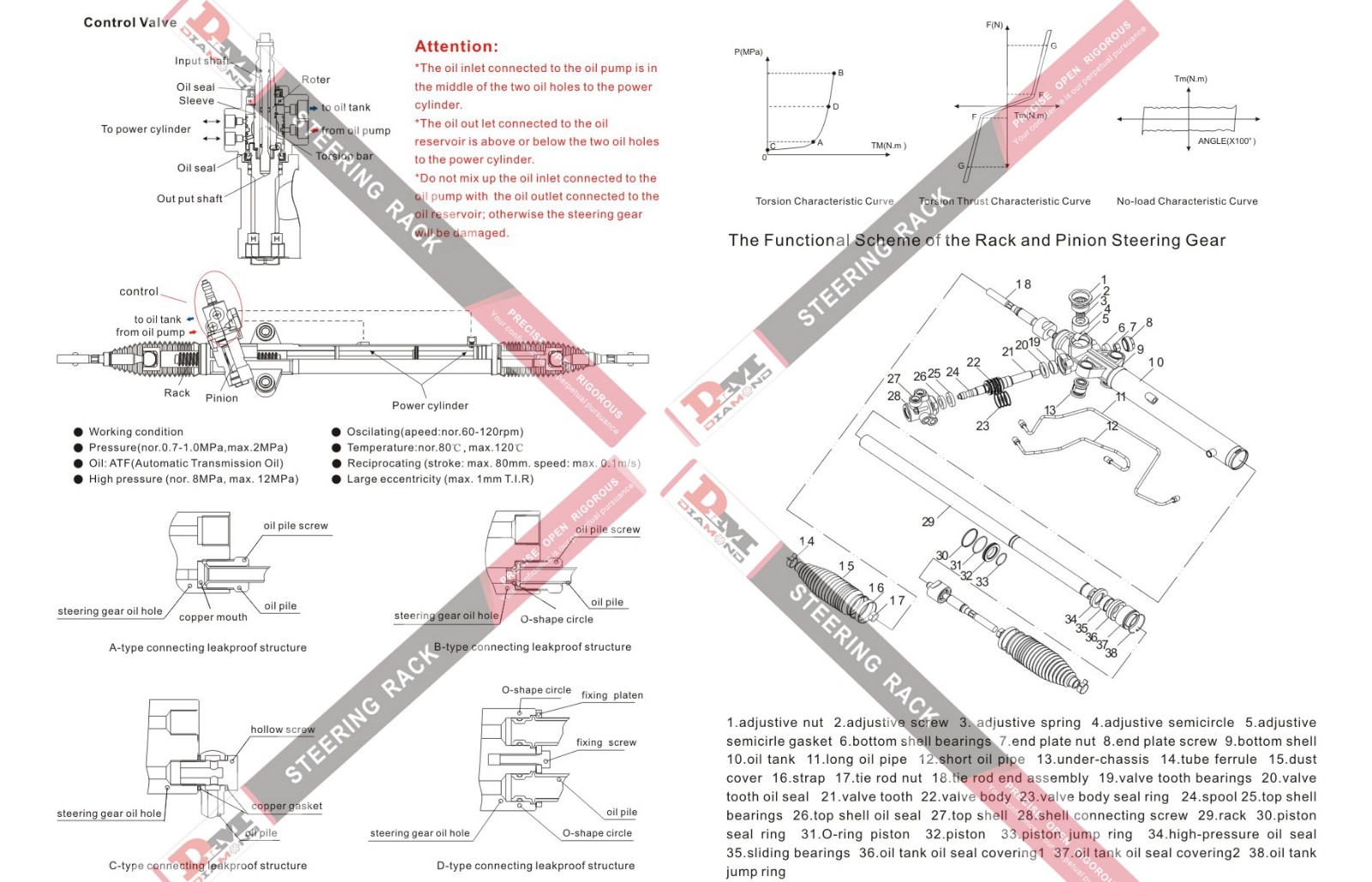
How to keep the power steering rack healthy?
In addition to regularly checking and replenishing the steering fluid, car owners can also use some tips to keep the hydraulic power steering rack in good condition and reduce the possibility of failure.
Avoid turning the steering wheel for a long time
During driving, avoid turning the steering wheel to the extreme position for a long time. Long-term extreme steering operation will bring excessive pressure to the hydraulic system, causing the liquid temperature to rise and the seals to wear more, thereby accelerating the aging of the system.
Check the hydraulic pipeline regularly
One of the most vulnerable parts of the hydraulic power steering rack is the hydraulic oil pipe. Regularly check the hydraulic pipe for aging, cracking or oil leakage, and replace it in time if there is a problem to avoid fluid leakage in the system.
Keep the system clean
During vehicle maintenance, ensure that all parts of the power steering rack are kept clean, especially key parts such as the reservoir mouth and oil pipe connection. Prevent dust and impurities from entering the system and causing liquid contamination.
Guangdong Diamond Auto Parts Co., Ltd. combines 28 years of manufacturing expertise with state-of-the-art facilities to produce power steering racks for hundreds of vehicle models. Our products are widely used in Toyota, Honda, Hyundai, and other international brands. We provide competitive wholesale prices, bulk purchase discounts, and customized solutions to meet your unique needs. Contact us today to learn more about our promotions and request a detailed quote!

